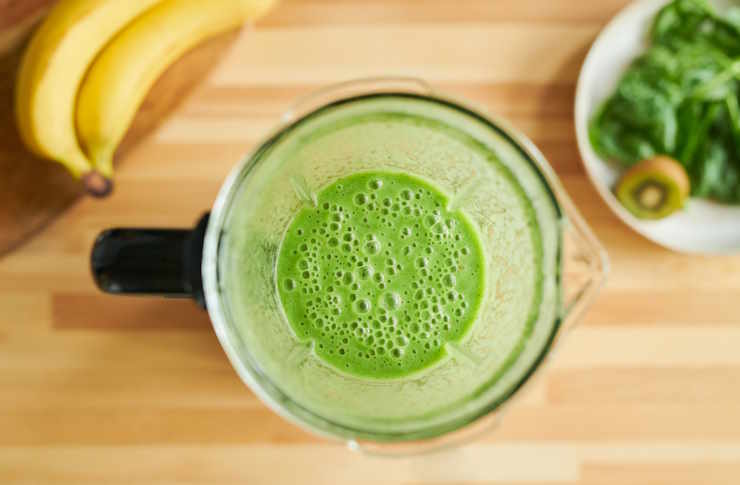Smoothies: Practical Guide to Ingredients and Preparation
Smoothies are blended beverages that combine whole fruit, vegetables, liquids and optional add-ins into a single drinkable form. They are popular for quick breakfasts, post-workout recovery, or as an easy way to increase intake of produce. This guide explains common ingredients, equipment choices, texture tips and basic nutrition considerations so you can make consistent results at home.

What is a smoothie?
A smoothie is typically a cold, thick beverage made by blending solid ingredients with a liquid base until smooth. Common bases include water, milk, plant milks, and yogurt; ice or frozen fruit adds chill and body. Unlike juices, smoothies keep the fiber from fruit and vegetable components, which slows digestion and provides substance. Texture ranges from thin and sippable to spoonable; that depends on the ratio of solids to liquid and whether you use frozen ingredients.
How to use fruit in smoothies
Fruit is often the primary flavor and sweetening source in a smoothie. Berries, bananas, mango, and apples each bring different sweetness, acidity and texture. Bananas add creaminess and act as a thickener, while berries provide tang and antioxidants. Fresh fruit keeps flavor bright, but frozen fruit improves texture without diluting the drink. Aim for variety—combining a sweet fruit with a tart one balances taste—while watching portion sizes if you are monitoring total sugar intake or calories.
Can vegetables work in smoothies?
Vegetables can be blended into smoothies with good results, especially greens like spinach or kale, cucumber, and cooked beets or carrots. Mild greens blend smoothly and typically don’t overpower the drink when paired with fruit. Root vegetables can add color and nutrients but benefit from pre-cooking or blending with softer items to avoid graininess. Including vegetables increases fiber, vitamins and minerals; experiment with small amounts at first to adjust flavor and texture preferences.
Choosing the right blender
The blender you pick affects smoothie texture and consistency. Countertop blenders with at least 500–700 watts handle frozen fruit and ice better than low-powered personal blenders. High-speed blenders create silkier textures and can break down fibrous vegetables more fully, but careful layering—liquid first, soft items next, ice or frozen fruit on top—also helps smaller blenders perform well. Consider jar size and cleaning ease; dishwasher-safe components simplify routine use.
Making a balanced smoothie drink
A balanced smoothie includes a source of carbohydrates (fruit or starchy vegetable), protein (yogurt, protein powder, silken tofu, or nut butter), healthy fats (avocado, flaxseed, chia), fiber (whole fruit, oats, vegetables), and a liquid. This combination supports satiety and steadier blood sugar responses compared with fruit-only drinks. Adjust portions to fit your needs: smaller servings for snacks, larger with more protein and fats for meal replacement. Be mindful of added sugars in sweetened yogurts, juices, or syrups that can raise calories quickly.
This article is for informational purposes only and should not be considered medical advice. Please consult a qualified healthcare professional for personalized guidance and treatment.
Flavor and texture tips for consistent results
Small adjustments can transform a good smoothie into a preferred one. For creaminess, use frozen banana or avocado; for lightness, increase water or use chilled green tea. To avoid separation, blend until fully emulsified and consume soon after making, or add stabilizers like oats or a small amount of protein powder. Taste while blending and add acid (citrus or a splash of apple cider vinegar) to brighten flavors. If a smoothie is too thick, add liquid in small increments rather than over-thinning and losing flavor.
Conclusion
Smoothies are versatile, convenient drinks that let you combine fruit, vegetables, proteins and healthy fats into a single serving. Choosing the right blender, balancing macronutrients, and experimenting with texture and flavor will help you craft smoothies that meet your taste and nutritional goals. With practice, you can tailor combinations for quick breakfasts, nutrient-focused snacks, or refreshing drinks that fit different parts of your day.




